 W
WWilliam Aikman was a Scottish portraitist.
 W
WCosmo Alexander was a Scottish portrait painter. A supporter of James Edward Stuart's claim to the English and Scottish thrones, Alexander spent much of his life overseas following the defeat of the Jacobite cause in 1745.
 W
WDavid Allan was a Scottish painter, limner and illustrator, best known for historical subjects and genre works.
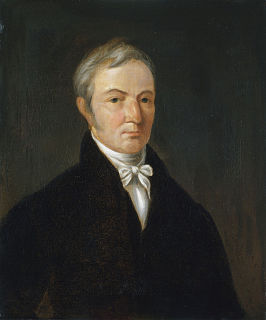 W
WWilliam Anderson was born in Scotland and became an artist specializing in maritime and patriotic themes.
 W
WElizabeth Blackwell was a Scottish botanical illustrator and author who was best known as both the artist and engraver for the plates of "A Curious Herbal", published between 1737 and 1739. The book illustrated many odd-looking and unknown plants from the New World, and was designed as a reference work on medicinal plants for the use of physicians and apothecaries.
 W
WJohn Bogle was a Scottish miniature painter.
 W
WAlexander Carse was a Scottish painter known for his scenes of Scottish life. His works include a large canvas of George IV's visit to Leith and three early paintings of football matches.
 W
WSir George Chalmers, Bart., a native of Edinburgh and a pupil of Allan Ramsay, exhibited portraits at the Royal Academy from 1776 to 1790.
 W
WEdward Francis Cunningham, sometimes called Kelso or Francesco Calza or Calze, was a Scottish portrait painter.
 W
WJeremiah Davison (1695?–1750?) was an Anglo-Scottish portrait-painter.
 W
WJohn Donaldson was born at Edinburgh in 1737, and distinguished himself as a miniature painter, both in enamel and water-colours. In the year 1764, and again in 1768, he obtained the premium given by the Society of Arts for the best picture in enamel. He occasionally amused himself with the point, and etched several plates of beggars, after Rembrandt, which possess considerable merit. He died in London in 1801.
 W
WAnne Forbes (1745-1834) was a Scottish portrait painter, educated in Rome, who worked in London and later in Edinburgh, where she was Portrait Painter to the Society of Antiquaries of Scotland. Although her career in London was cut short by illness, she was one of the first Scottish women artists to make a career from painting, and according to Colin Russell "her importance remains in her struggle against gender prejudice".
 W
WJohn Graham was an 18th-century Scottish painter and teacher of art.
 W
WGavin Hamilton was a Scots neoclassical history painter, who is more widely remembered for his hunts for antiquities in the neighbourhood of Rome. These roles in combination made him an arbiter of neoclassical taste.
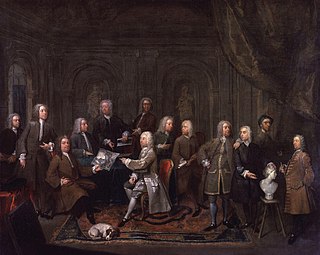 W
WGawen Hamilton, easily confused with the later, more prominent artist Gavin Hamilton, was a Scottish painter working in London, a member of the Rose and Crown Club. He was one of the first wave of British born painters of 'conversation pieces' along with contemporaries such as William Hogarth and Charles Philips. These are works that depict groups of friends, families and acquaintances often engaging in a variety of genteel activities such as playing cards or taking tea. Some of Hamilton's pieces depict gatherings of artists and craftsmen such as the Rose and Crown Club itself.
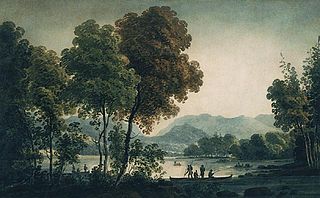 W
WGeorge Heriot was a Scottish-Canadian civil servant, author and artist. He is most notable as a major figure in early Canadian art.
 W
WDavid Martin was a Scottish painter and engraver. Born in Fife, he studied in Italy and England, before gaining a reputation as a portrait painter.
 W
WThomas McIlworth (c.1720—c.1769?) was a colonial American portraitist, mainly active in the area around Schenectady, New York.
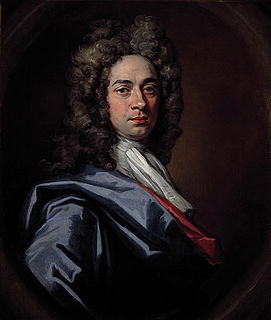 W
WSir John Baptist Medina or John Baptiste de Medina was an artist of Flemish-Spanish origin who worked in England and Scotland, mostly as a portrait painter, though he was also the first illustrator of Paradise Lost by John Milton in 1688.
 W
WJacob More (1740–1793) was a Scottish landscape painter.
 W
WAlexander Nasmyth was a Scottish portrait and landscape painter, a pupil of Allan Ramsay.
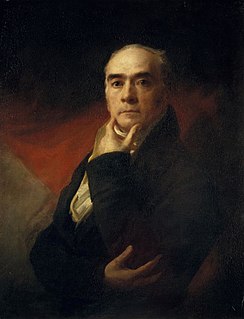 W
WSir Henry Raeburn was a British portrait painter, He served as Portrait Painter to King George IV in Scotland.
 W
WAllan Ramsay was a prominent Scottish portrait-painter.
 W
WKatherine Read (1723—1778), was a Scottish portrait-painter. She was for some years a fashionable artist in London, working in oils, crayons, and miniature. From 1760 she exhibited almost annually with either the Incorporated Society of Artists, the Free Society of Artist, or the Royal Academy, sending chiefly portraits of ladies and children of the aristocracy, which she painted with much grace and refinement.
 W
WArchibald Robertson was a Scottish born painter who operated the Columbian Academy of Painting in New York with his brother Alexander. Known for his miniature portrait paintings, he was asked to paint George and Martha Washington soon after coming to the United States from Scotland. He also made watercolor landscape paintings and engravings. His book Elements of the Graphic Arts was published in 1802.
 W
WAlexander Runciman was a Scottish painter of historical and mythological subjects. He was the elder brother of John Runciman, also a painter.
 W
WJohn Runciman (1744–1768/9) was a Scottish painter known for Biblical and literary scenes. His works include Flight into Egypt and King Lear in the Storm, both in the National Gallery of Scotland.
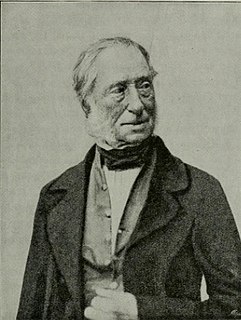 W
WJohn Christian Schetky was a Scottish marine painter.
 W
WCharles Shirreff was a deaf Scottish painter, specializing in portrait miniatures.
 W
WArchibald Skirving was a Scottish portrait painter. He was born at Athelstaneford near Haddington.
 W
WJohn Smibert was a Scottish American artist born in Edinburgh, Scotland, on 24 March 1688, and died in Boston, Massachusetts, British America on 2 April 1751.
 W
WRev John Thomson FRSE HonRSA was a Scottish minister of the Church of Scotland and noted amateur landscape painter. He was the minister of Duddingston Kirk from 1805 to 1840.
 W
WRichard Waitt was a Scottish painter.
 W
WJames Wales (1747–1795) was a Scottish artist.
 W
WGeorge Watson was a Scottish portrait painter and the first president of the Royal Scottish Academy.
 W
WJohn Watson was an early American painter, born in Scotland.
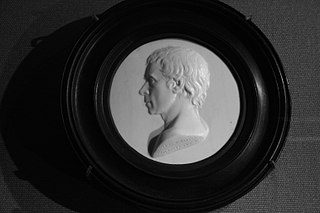 W
WGeorge Willison (1741–1797) was a Scottish portrait-painter. He is best known for his works done in India.
 W
WJohn H. "Jock" Wilson was a Scottish landscape and marine painter, president of the Society of British Artists in 1827.